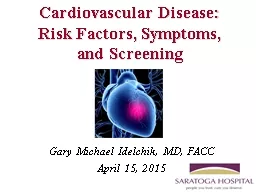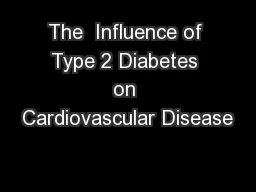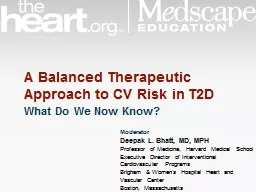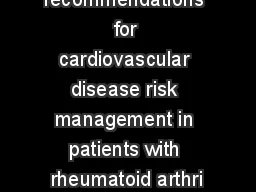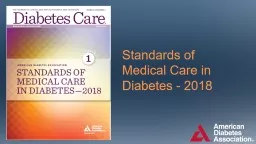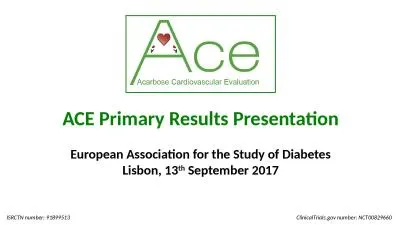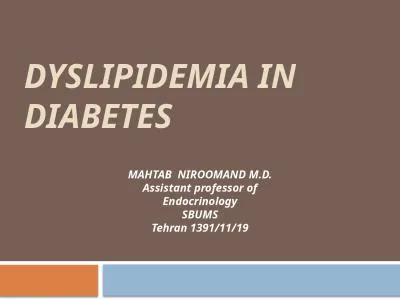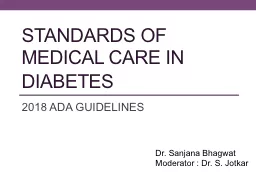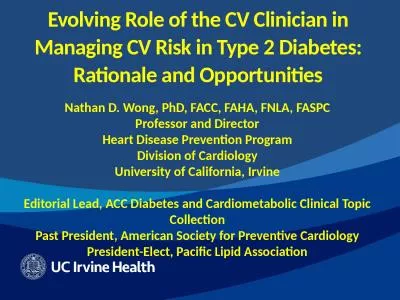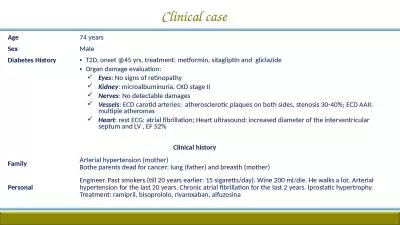PPT-The Changing Landscape of Diabetes Therapy for Cardiovascular Risk Reduction
Author : faustina-dinatale | Published Date : 2019-11-22
The Changing Landscape of Diabetes Therapy for Cardiovascular Risk Reduction Paull Rukavina RPh MTM provider Fairview Apple Valley and Highland Park Clinics OBJECTIVES
Presentation Embed Code
Download Presentation
Download Presentation The PPT/PDF document "The Changing Landscape of Diabetes Thera..." is the property of its rightful owner. Permission is granted to download and print the materials on this website for personal, non-commercial use only, and to display it on your personal computer provided you do not modify the materials and that you retain all copyright notices contained in the materials. By downloading content from our website, you accept the terms of this agreement.
The Changing Landscape of Diabetes Therapy for Cardiovascular Risk Reduction: Transcript
Download Rules Of Document
"The Changing Landscape of Diabetes Therapy for Cardiovascular Risk Reduction"The content belongs to its owner. You may download and print it for personal use, without modification, and keep all copyright notices. By downloading, you agree to these terms.
Related Documents


